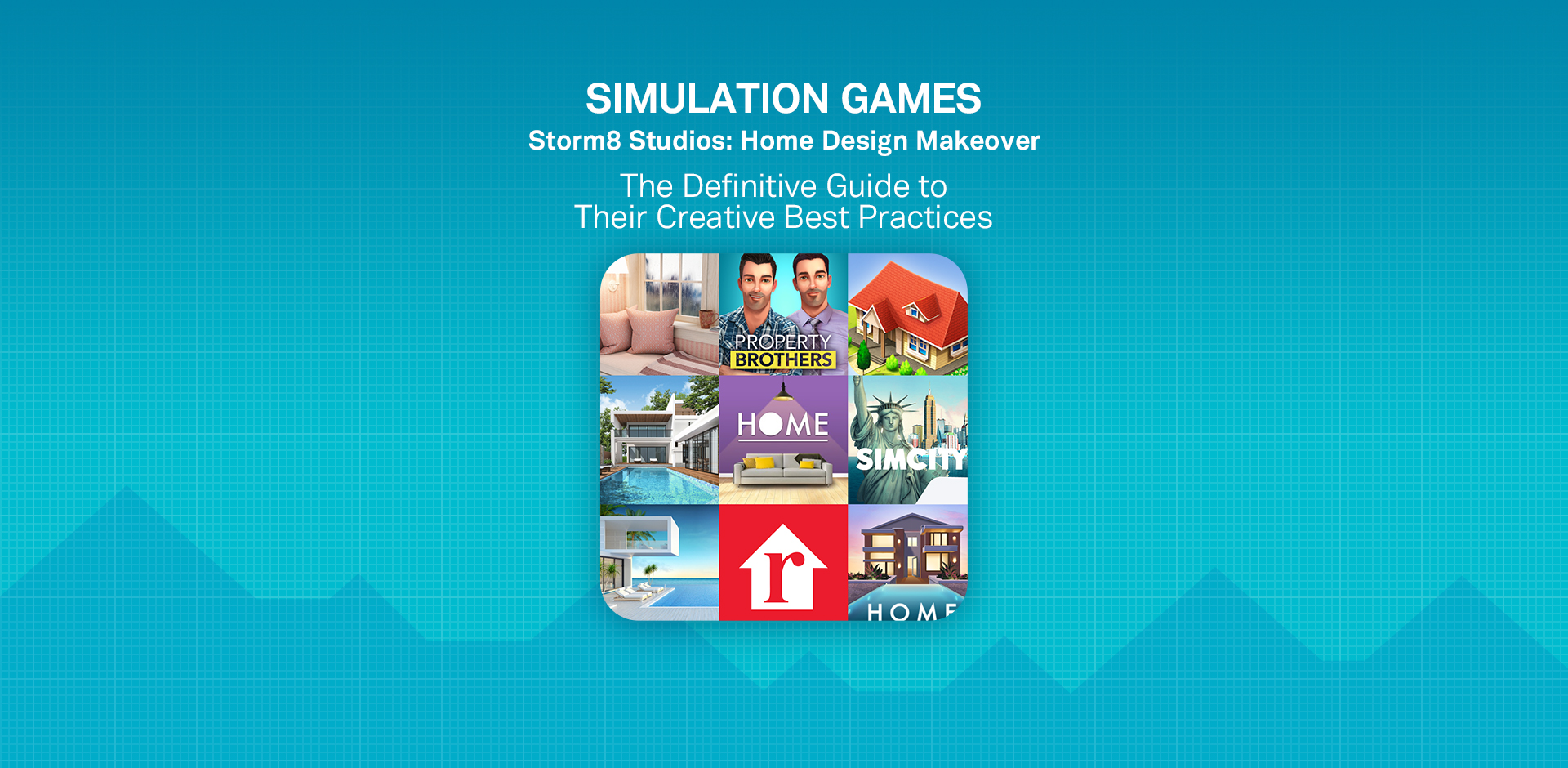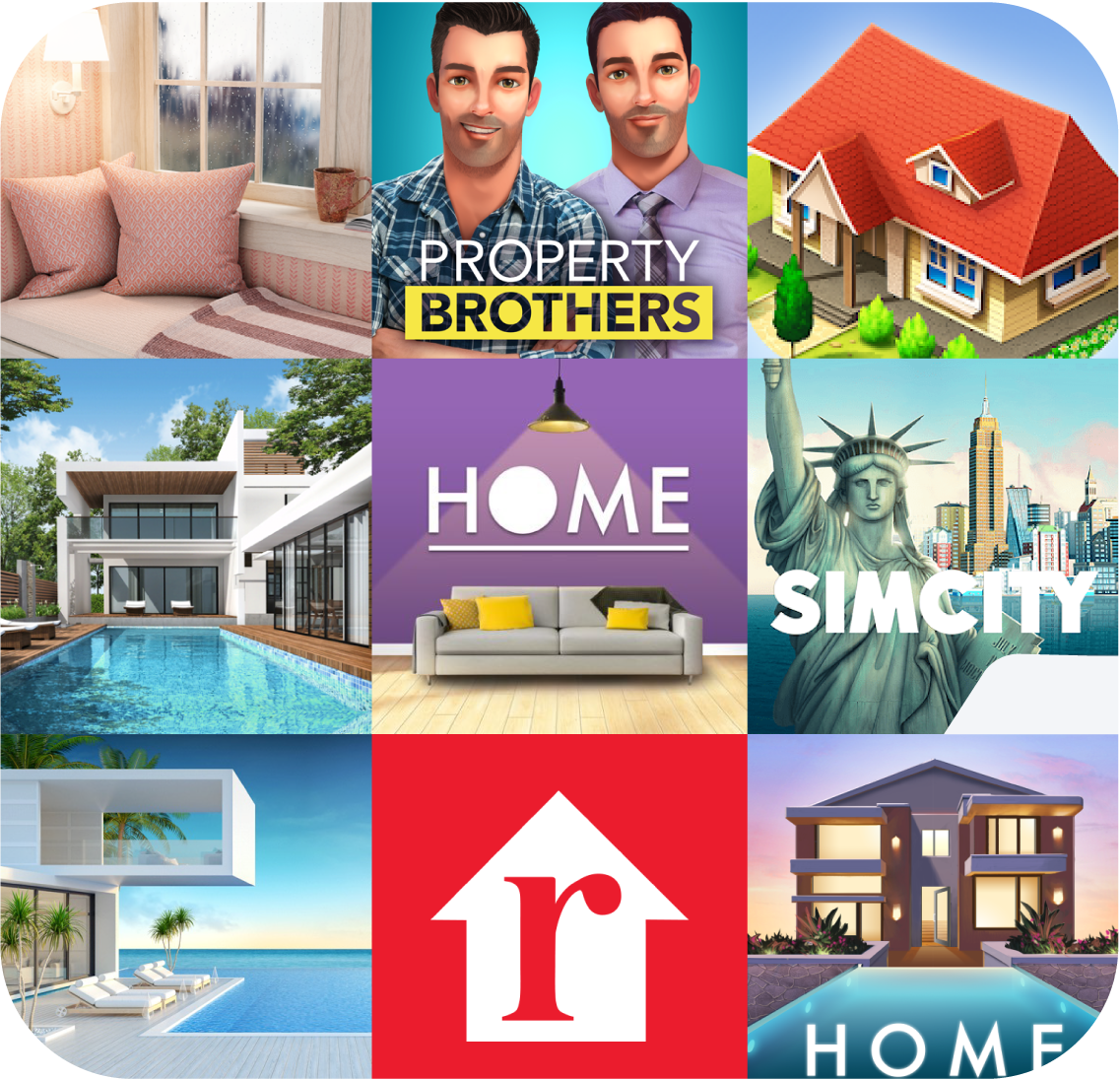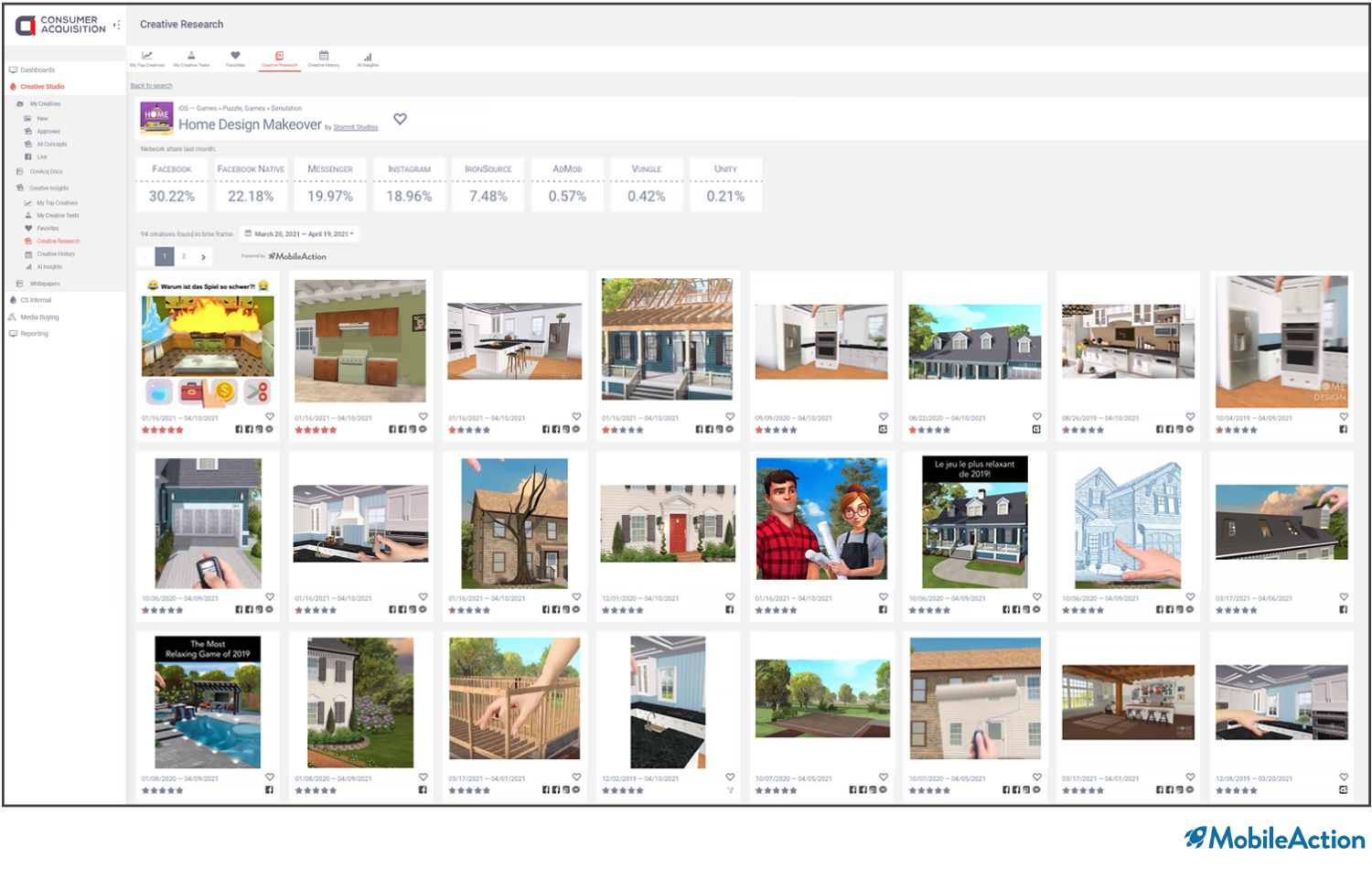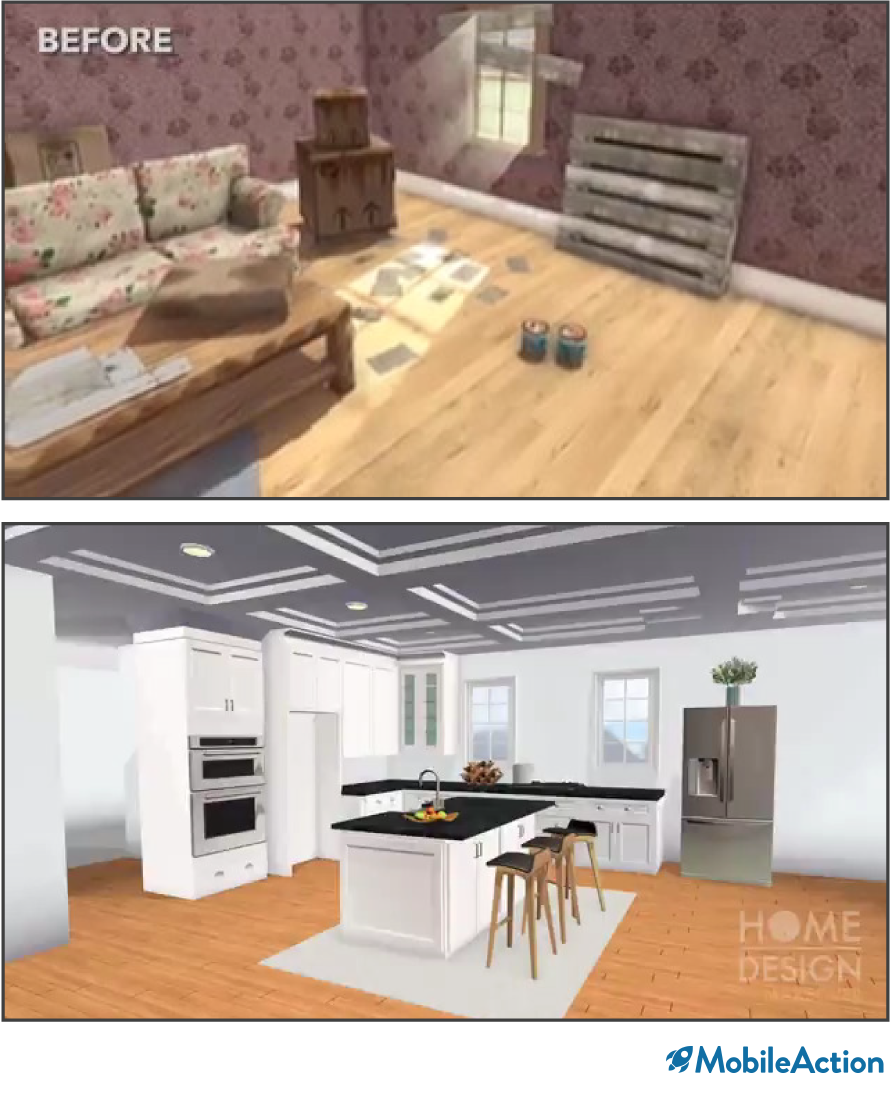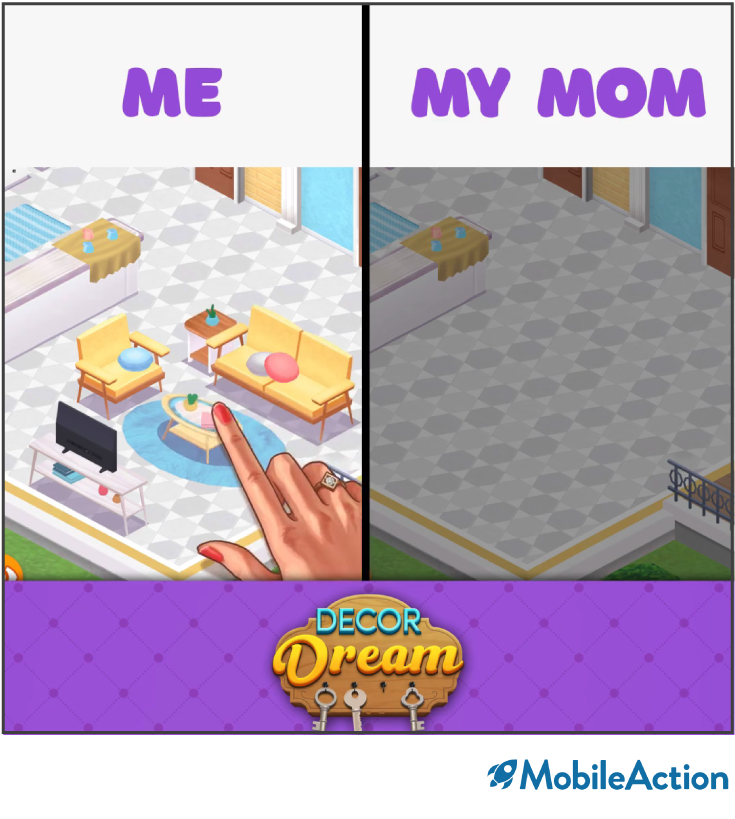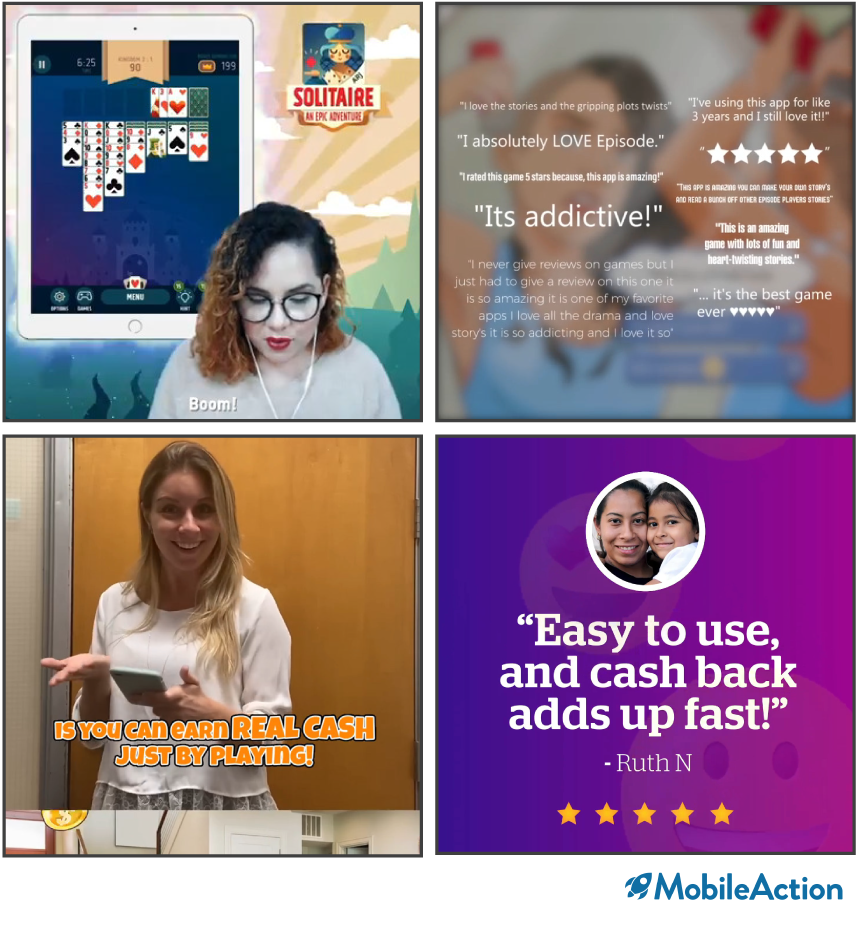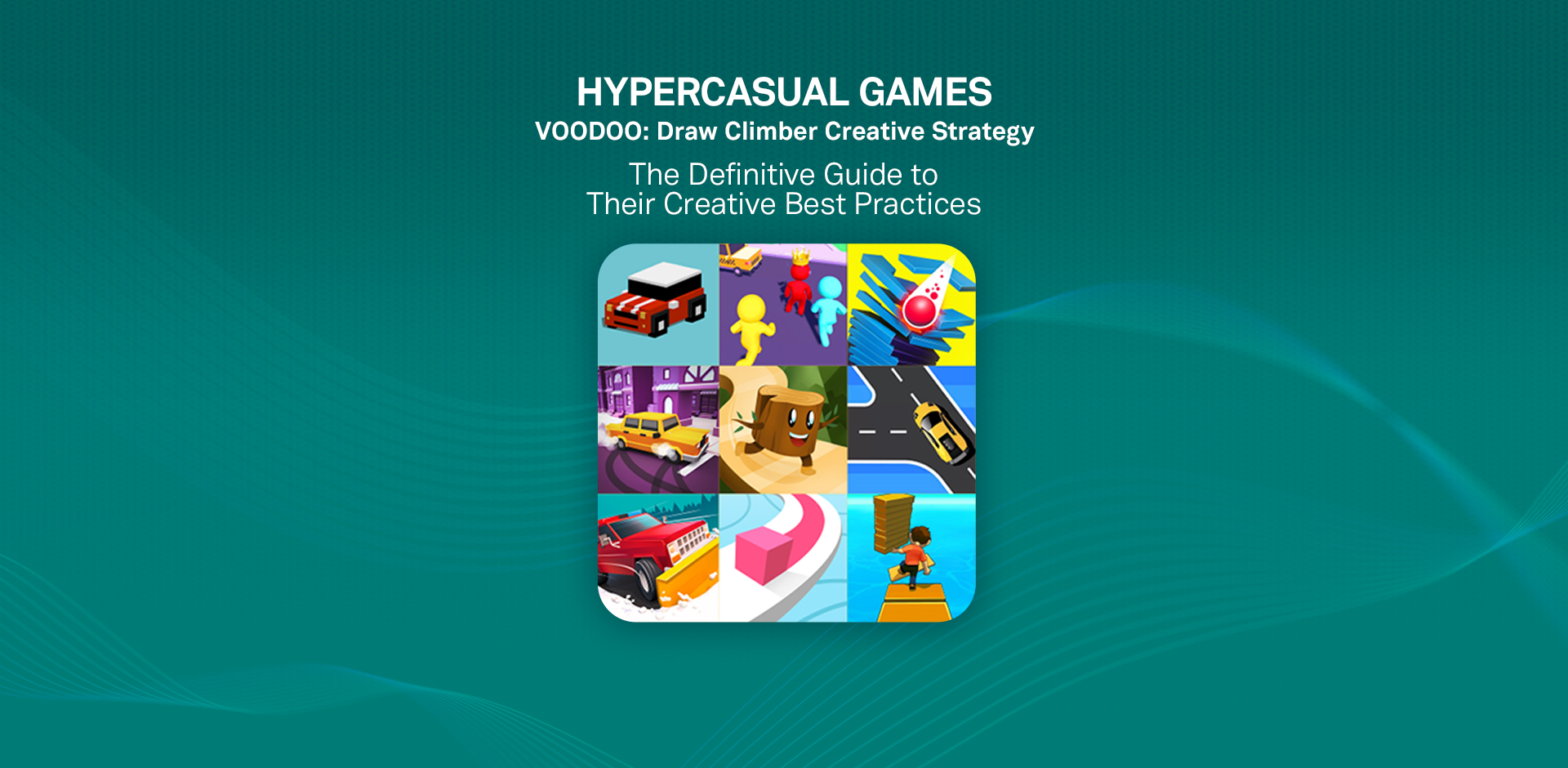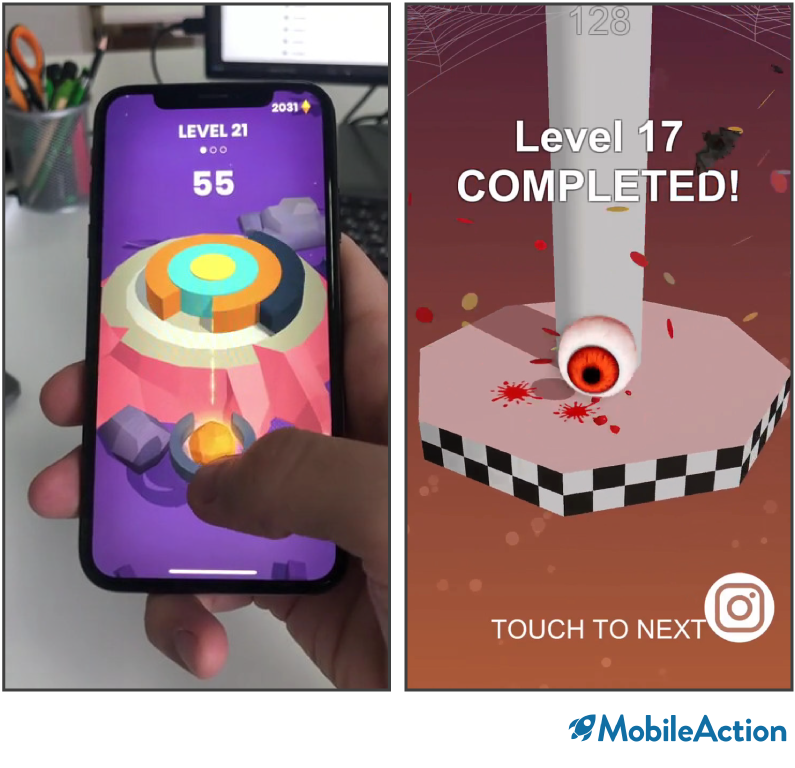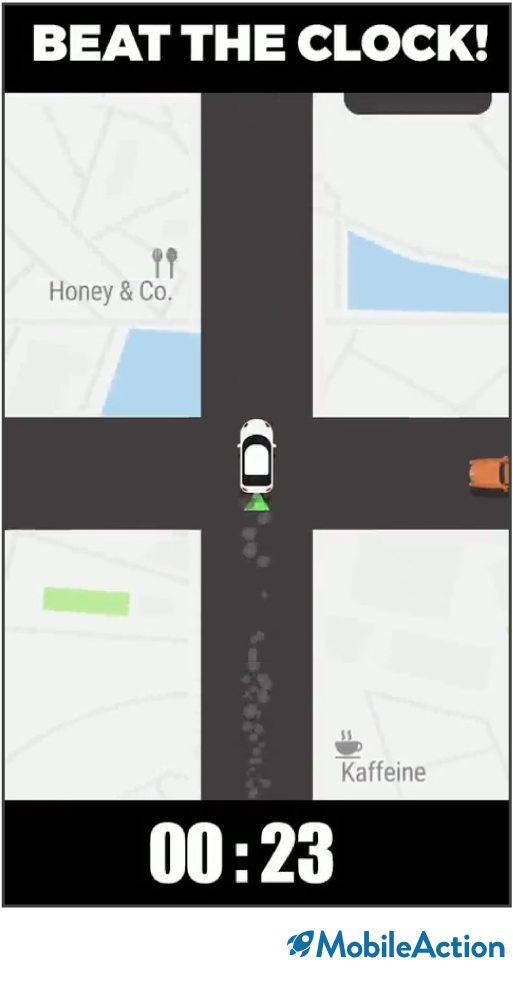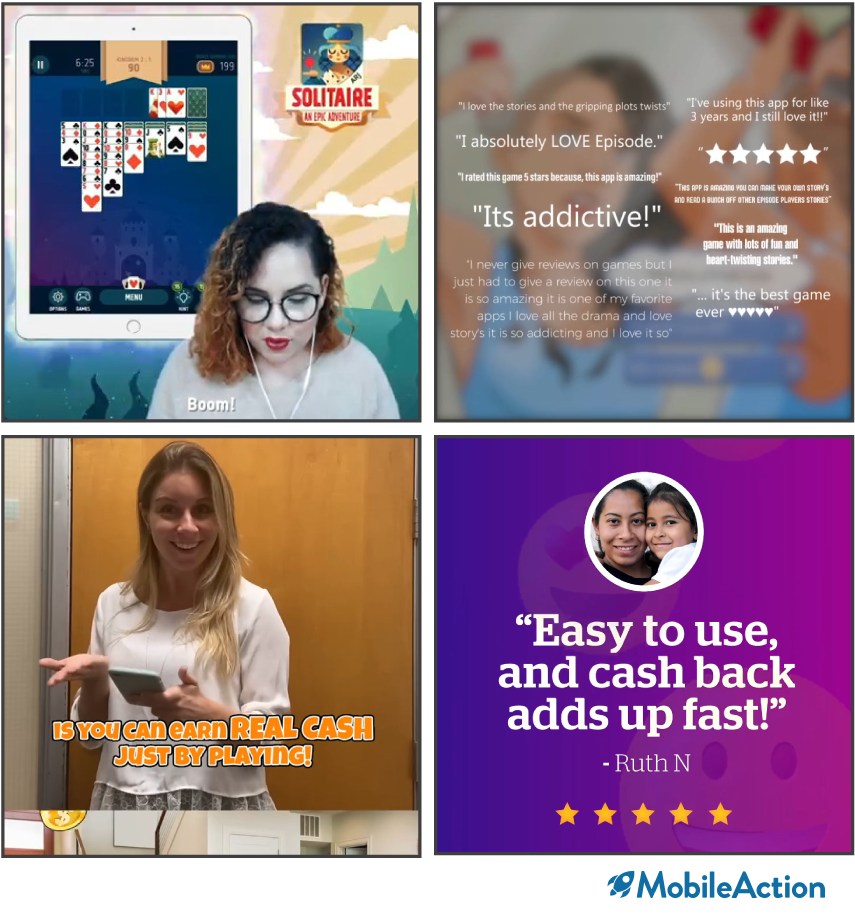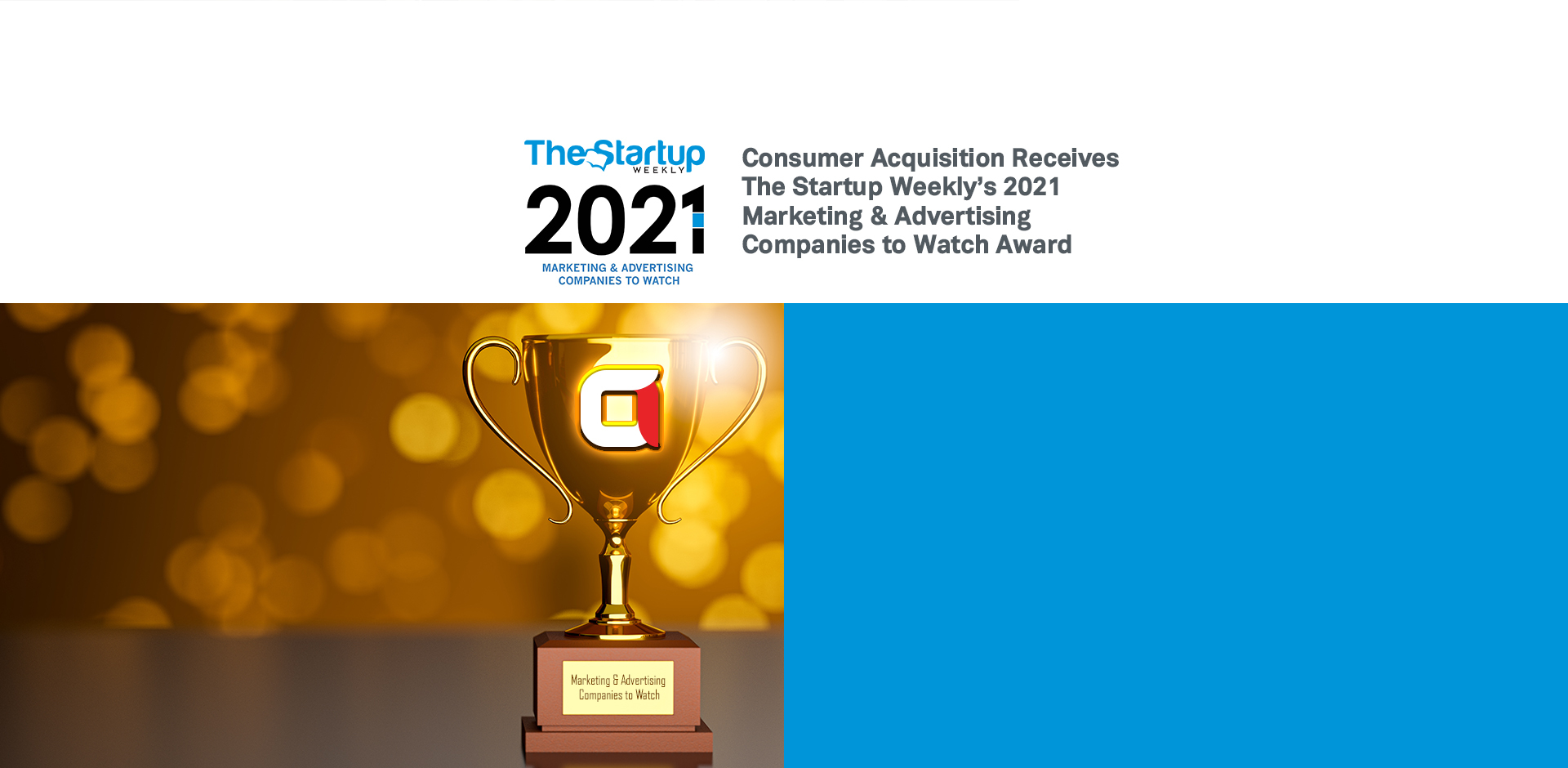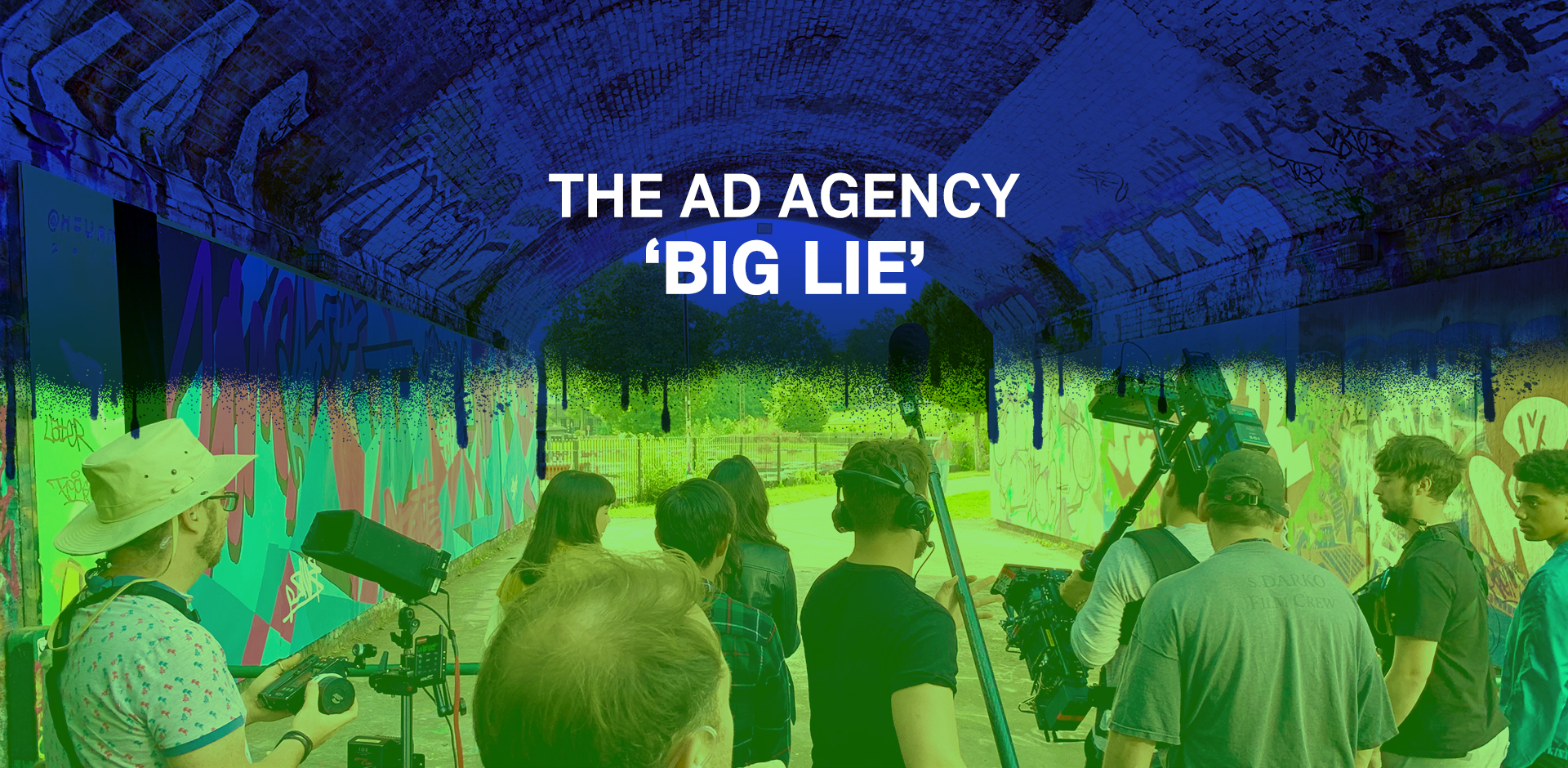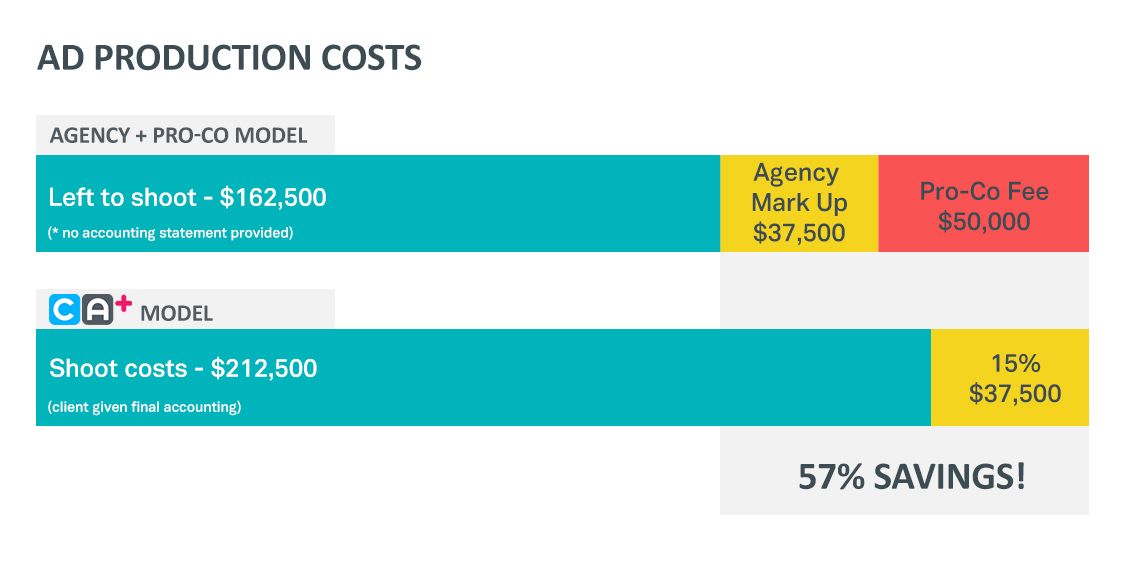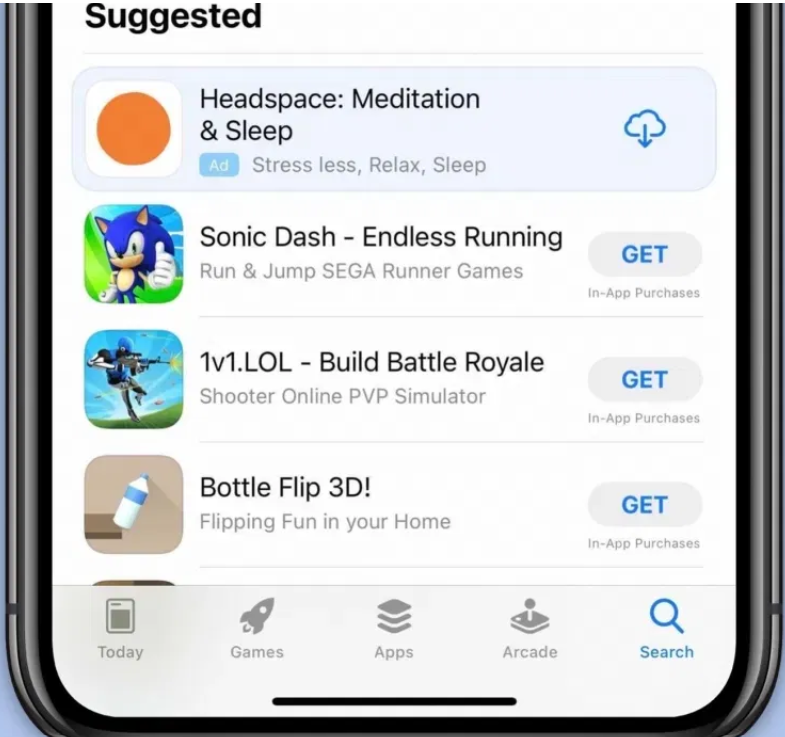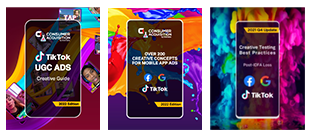As positive rates of Covid cases continue to drop around the U.S., companies are planning to have workers return to the office﹘at least part-time. According to the Washington Post, companies like Citigroup, Ford, and Target are switching to workweeks that involve a few days in the office and other days telecommuting. In fact, Salesforce went so far as to proclaim the “9-to-5-workday is dead.” Now, because of the benefits of working from home, they will offer three work options: flex (1-3 days in the office, the rest remote), fully remote, and office-based.
The Benefits of Working From Home
Newsweek claims that while 83% of CEOs want to return to the office, only 10% of workers want to go back full-time. This can be attributed to health concerns, as 49% of employees say they’re fearful about exposure and infection in the workplace. And, there will be a seismic shift in what office life looks like post-Covid.
Those who are excited to return to the workplace for socialization and comradery with their co-workers may need to lower their expectations. There will be stringent policies in accordance with the CDC’s recommendations and OSHA’s guidelines about social distancing, wearing masks, room occupancies, common room closures, free lunches, and more. For example, Facebook’s Silicon Valley office will return to only 10% maximum capacity in May. When this happens, workers will be required to wear face masks, social distance, and in some cases, get weekly Covid tests.
So, the debate about the efficacy of remote work has reached a fever pitch. Now, there’s more data on the subject than ever because the pandemic caused widespread telecommuting adoption. According to Gallup, 51 percent of the American workforce was working from home in April 2020, during the pandemic’s peak. This may be a precursor of what the future of work looks like. Facebook’s CEO Mark Zuckerberg predicts by the end of this decade, he expects 50% of his staff to be entirely remote. Twitter is allowing its employees to work from home indefinitely, even once Covid restrictions are lifted.
The Case for Remote Work
With Covid’s worst days seemingly behind us, what should companies do to get the most productivity out of their employees? Also, what do workers want that will make them feel safe while performing at a high level?
The fact is, remote work has always been an ideal solution for improved employee satisfaction, productivity, and other benefits, even before the pandemic. Unfortunately, these perks were often ignored because telecommuting went against the status quo and engrained company policies. Working from home has tremendous advantages. Here are the main benefits of working from home.
Increased Productivity
RescueTime found telecommuting employees actually were 4% more productive per day! Apparently, working from home﹘even without someone constantly looking over your shoulder and the increased temptations to find distractions﹘decreased the time people spent on email and communication while simultaneously increasing the amount of actual work they perform in a day. In fact, in one full work year (261 business days), remote workers spent 58 more hours on core work and 256 fewer hours on communication. And, the Wall Street Journal claims that a survey of 10,000 working Americans argues remote work is just as productive or more so than office-based work. Some participants even suggested that working from home increased productivity by 30%!
Shocked? Don’t be. According to The Muse, middle managers waste 35% of their time on unproductive meetings, while upper management devotes as much as 50% of their day to these time-wasters. No wonder everyone’s so stressed!
Improved Work-Life Balance
When you’re stuck in traffic or public transportation before or after work, do you ever wonder how much time you spend commuting? Well, wonder no longer. Data from the U.S. Census Bureau reveals workers in 2019 spent on average 27.6 minutes one way getting to work. Sadly, this all-time high equals 55 minutes per day and 14,407 minutes per year (or 240 hours). An employee spends 10 days of their life solely traveling to work! Obviously, the metrics are worse if you live in a high-density driving city like Los Angeles, San Francisco, Dallas, and others. Yikes!
Now, imagine how long your commute from your bedroom to your home office/living room will take. Your commute time just dropped dramatically, and you no longer are afraid of being late to work. You also don’t have to take half-days because of doctor appointments. And, if you’re a parent, the benefits of working from home are life-changing. Forbes claims parents are 7% more likely to have an improved work-life balance by working from home. And, this percentage exponentially increases when you focus solely on mothers. In fact, moms reported a whopping 30% increase in job satisfaction because of telecommuting.
More Cost-Effective
As Donna Summer says, you “work hard for the money.” So, why not get the most bang for your buck? Well, remote work affords this. (See what I did there?) Glassdoor examined the cost of commuting. For starters, the average gallon of gasoline is $4 and the yearly cost of car insurance is $1,000. Or, if you can use public transportation, this is at least a $135 per month expense. The result? Glassdoor claims the average employee spends $1,483 per year getting to and from work. In other words, based on the national average salary of $51,168, 2.9% of your salary is devoted to getting to work. Even further, Flexjobs claims 38% percent of remote workers say they’re saving at least $5,000 total per year, with 20% arguing their savings are as high as $10,000!
Also, let’s not forget another important factor﹘location, location, location. If you’re not tied down to going to a physical office, you’re not anchored to any place. So, you can move somewhere with a lower cost of living than say, New York or San Francisco. Upwork researchers discovered 52% of employees migrating out of expensive cities plan on buying a house 10% or cheaper than their current residence. This adds up to more money in your bank account.
Increased Freedom
Finally, one of the biggest benefits of working from home is the freedom you gain. On a sunny day, you can take your laptop and work outside. Or, you can do small chores around your house in your downtime. If you’re adventurous, you can set up shop in a different city every few weeks. In fact, Tech Monitor reveals 11 million remote employees in 2020 worked while traveling﹘even during the pandemic.
And, Flexjobs reveals that 38% of people who can work remotely full-time would consider moving to a better or different climate. And, 58% of respondents cite a better quality of life as a reason to work from anywhere﹘literally. Your office is your oyster.
Employer Perks
For companies, remote work isn’t a one-way street of perks. This symbiotic relationship benefits organizations too. OWL Labs found a 62% increase in employee company loyalty for remote workers. Additionally, Flexjobs reports 58% of workers said they will look for a new job if they cannot continue remote work. Your company is playing a dangerous game by forcing the return to the status quo of office-based work.
Also, telecommuting jobs open company talent pools significantly and increase diversity﹘by gender, gender identity, ethnicity, and age range. For example, Yello argues Gen Z wants more “work-life integration.” They crave companies who offer them work flexibility, including remote work possibilities. Remember, this isn’t an insignificant pool. Gen Z makes up 24% of the workforce. So, to recap, you’ll get productive, loyal, and happy employees. And, you can recruit top talent from one-fourth of the job pool. Why wouldn’t your business sign up for that?
Final Thoughts About The Benefits of Working From Home
The benefits of working from home can have a profound impact on both an employee and employer’s life. In fact, Consumer Acquisition has always been remote since our founding in 2013, and we’ve thrived in this model. Consumer Acquisition is a technology-enabled marketing services company. We’ve managed more than $3b in creative and social ad spend for the world’s largest mobile games, apps, and performance advertisers. Recently, we’ve been honored with The Startup Weekly’s 2021 Marketing & Advertising Companies to Watch Award. So, if you’re interested in a meaningful career with the benefits of working from home, visit our jobs page.






